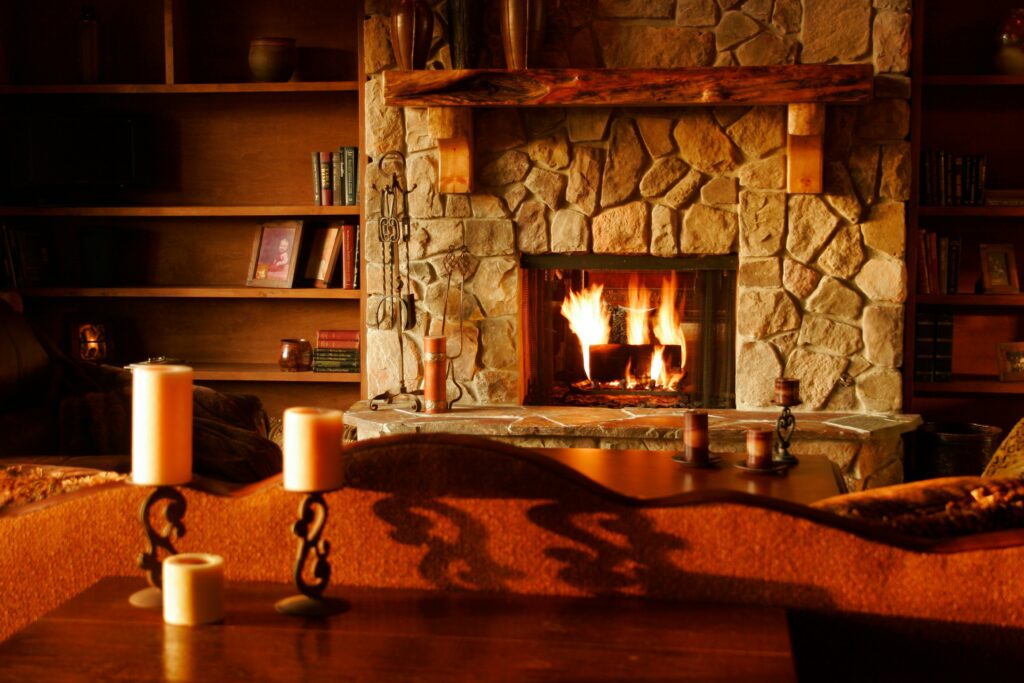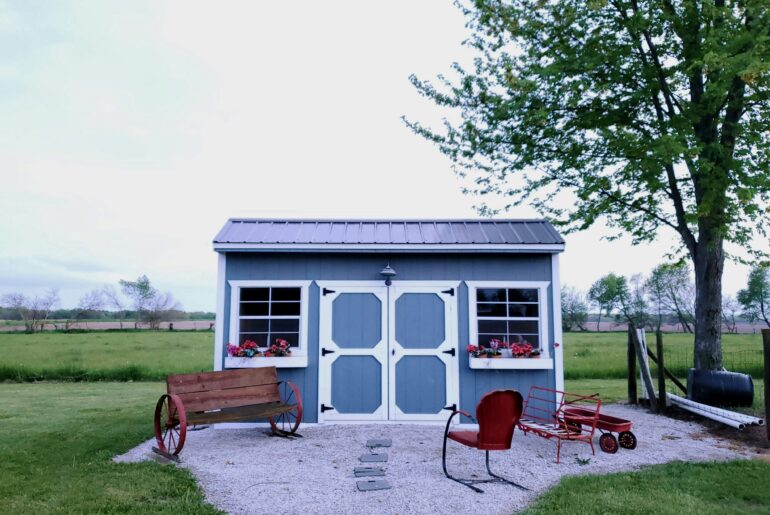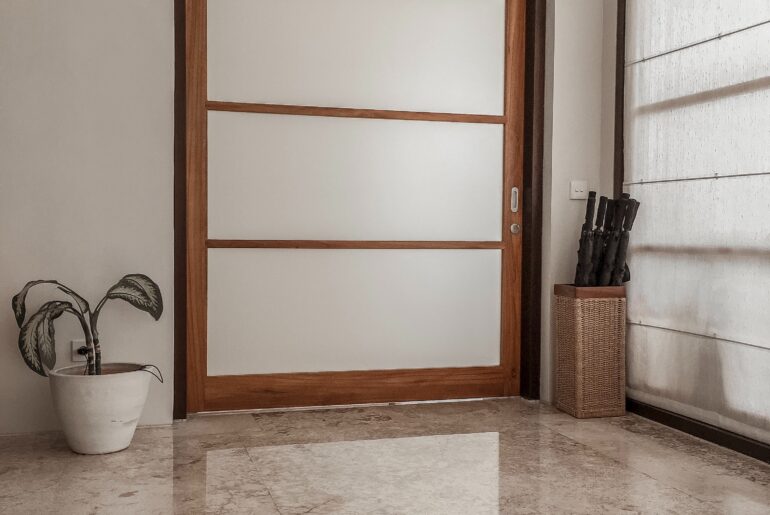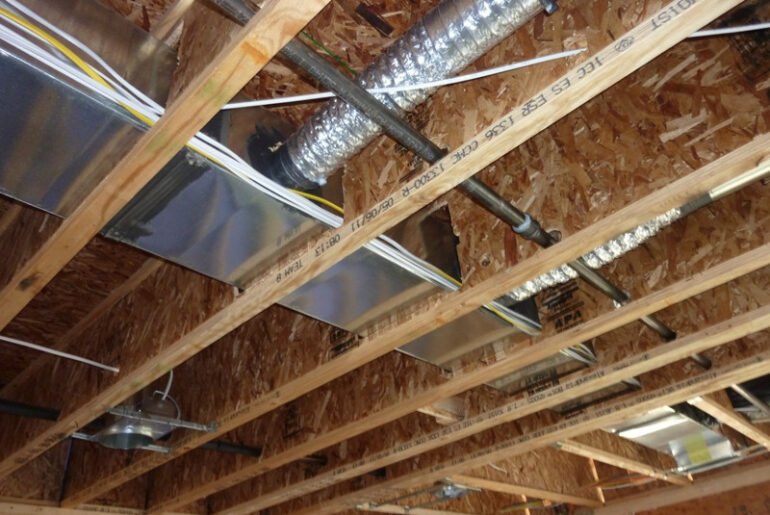Understanding how to insulate a fireplace safely and effectively can save you countless hassles and sleepless nights. Fireplaces come in several shapes, sizes, and designs, so understanding which type of fireplace you have, and how to insulate it, are very important.
If you have a working fireplace installed, and you want to capture more heat from the fire, you can use blower fans, vent-free gas logs, and insulation to help heat a room. However, insulation installed around a fireplace can become a fire hazard if done incorrectly.
Today, we will discuss the most common types of fireplaces found in residential homes, and how to make them more energy efficient by adding insulation. We’ll discuss the materials commonly used by the pros, and how to tell which insulation to use, depending on the fireplace.
Can I Insulate a Fireplace?
Some homeowners are surprised to discover that insulating a fireplace is even possible. Counter-intuitive as it may seem, fireplaces can be insulated, and even adapted, for better energy efficiency.
Insulating a fireplace should always be done with high temperature materials, such as fireproof spray foam, fireproof caulk, and mineral wool, also known as rockwool. These materials can withstand the intense heat of the fireplace without degrading. However, you also need to know where, and where you cannot, insulate a fireplace.
No insulation should come into direct contact with a flame. This means you can’t use most insulation materials inside the fire box, with the exception of fireplace caulk and paint. Most fireplace insulation materials will be installed around the components of the fireplace, like the fire box, flue, and chimney.
How Do I Know Which Type Of Fireplace I Have?
Today, most fireplaces are powered by either natural gas or liquid propane. It’s important to understand the difference between the two, as they do not use the same types of connections. Liquid propane, also known as LP, is sold in individual tanks, which are periodically refilled. Natural gas is usually provided by a local utility and delivered through underground pipes.
LP and natural gas fireplaces are usually made from steel, and may even have built in fire starters and blower fans. The flue, or exhaust pipe, is often made from galvanized steel and vented through a chimney, or another flue pipe running through a nearby exterior wall. Most have a push button ignition, but all will have a valve to start and stop the flow of gas.
Some fireplaces are built to burn wood, coal, and other natural materials. These fireplaces are typically built from masonry, like bricks, blocks, and stones. Building codes are different for wood and coal burning fireplaces, because they tend to release burning embers.
Wood trim, and other combustible materials, must remain a minimum distance away from these types of fireplaces. Check with your local codes enforcement office, or fire marshall, for instructions on insulating your natural material burning, masonry fireplace.
What Insulation Materials Can I Use On a Fireplace?
The type of fireplace you have will determine which insulation you can use, and where you can install it. The safest way is to contact the manufacturer of your fireplace for instructions. If you don’t know the manufacturer, you can also ask your local fire marshall to inspect it for you. However, the easiest way is to contact a local fireplace pro and ask for a free inspection.
Generally, you can use insulation materials made for high heat applications, as long as you follow the directions closely. Some, like high-heat spray foam insulation, provide specific instructions as to how closely you can insulate near a heat source.
Mineral wool is generally safe for close contact with the outside of the firebox and around the flue, but don’t use adhesives to install the mineral wool unless they are also rated for high heat applications. Use button cap nails, insulation wire hangers, and high heat tape to secure the mineral wool to the inside of the chimney, but stay at least 6” away from the flue pipe (unless otherwise directed).
However, don’t install mineral wool around the fireplace unless the chimney can remain relatively dry. Most homeowners install a chimney cap before insulating a fireplace, as rainwater can find its way into the insulation, causing mold and mildew.
Here’s a few examples of different fireplace types, and which type of insulation you can use:
Liquid Propane (LP)
Liquid propane fireplaces are often pre-insulated with fireproof batts during manufacturing, so pros tend to insulate the flue pipe first. These pros install insulated, metal flue pipe, which is double walled. This helps keep the outside of the flue pipe cool.
Double walled flue pipe can be insulated by installing mineral wool batts onto the inside of the chimney, in the space between the chimney and the flue pipe.
Please note, liquid propane cannot be stored indoors, or within 10’ of an exterior door, per most building codes. Liquid gas fireplaces will have an exterior located gas tank somewhere nearby, but not inside the structure.
Natural Gas
Natural gas fireplaces are typically connected to a municipal source, with gas pipes running directly into the home. Some gas fireplace log sets can use LP, natural gas, or both, by changing out a couple of fittings, so inspect yours closely.
Natural gas fireplaces are also insulated during manufacturing, so additional insulation is applied to the chimney, not the firebox, in most cases. As with LP, use mineral wool or fire resistant spray foam for large gaps, and fireproof caulk to seal small ones.
Many natural gas fireplaces are used as supplemental heat, so they include blower fans on either side of the fireplace, as well. This allows the user to force the heat into the room, helping draw heated air from the fireplace, instead of allowing it to rise up the chimney. You can add weatherstripping behind the front grill of the blower to help force the air through the louvers.
Wood and Other Natural Fuel
Wood and other natural fuel fireplaces are often the most difficult to insulate. As mentioned earlier, these fireplaces are generally built from masonry, so there’s often nowhere to add spray foam or mineral wool, except perhaps in the attic.
Some fireplaces have metal inserts instead of logs. These inserts are made to fit inside the fireplace, but designed to burn alternate fuels, such as wood pellets and corn kernels. These inserts can produce even more heat than wood, so follow the manufacturer’s directions carefully regarding insulating.
Regardless, always use approved insulation materials only. Never assume an insulation material is safe for use around a fireplace until you know for sure.
FAQs
Can a fireplace catch on fire?
Insulating a fireplace must be done correctly, as historically, fireplaces have been common sources of house fires. Often due to a lack of maintenance, fireplaces collect a post-combustion substance known as creosote.
Creosote is created when the fuel (like unseasoned wood and coal) does not completely burn and becomes airborne with the smoke. The creosote collects on the inside of the chimney flue, and in the right conditions, can ignite and cause a fire. Chimney sweeps have traditionally been hired to remove the soot and creosote, but many companies offer the service today.
Can I insulate the damper on a fireplace?
Don’t install insulation over the damper on your fireplace. The damper controls the amount of air that rises to the chimney and gets very hot. Presumably, the damper would have to be closed for insulation to have any effect, which can dump the toxic exhaust fumes back into the home.





